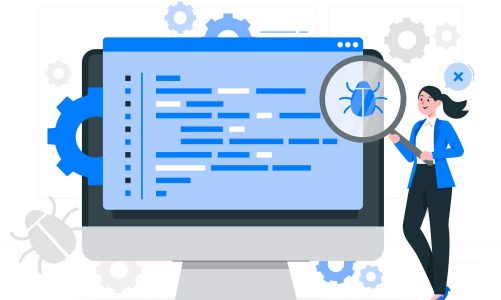The car checks information from all devices installed on it, determines the location of objects with an accuracy of several centimeters, and feels confident on the road.
For example, a drone drives up to an underground pedestrian crossing. The main flow of pedestrians crosses the road at the crossing, but one of them jumps out onto the roadway. With the help of cameras and radar, the car almost immediately understands what kind of object is in front of it. Several scenarios for the development of the event are stored in its database: the pedestrian stopped, continued to move at the same speed, switched to running, and rushed along the roadway. The computer determines the location of the pedestrian, the distance to him, at what speed he is moving and in what direction, and analyzes other traffic participants.
The car compares the resulting analysis with information from the database and acts according to the best option: reduces speed, includes emergency braking, and is parked. That is, the car not only transports a passenger from point A to point B but also decides how to act in critical situations.
The entire information processing cycle fits into 140 milliseconds.
This is 2-3 times faster than a human.
What Is The Drone Brain Capable Of?
The artificial intelligence of the car is the brain node of the drone. It sets the car in motion, sets the speed and paves the way, and can drive a car in all weather conditions and recognize road signs, traffic lights, pedestrians, animals, and various obstacles. AI can distinguish an ambulance with a particular signal from other cars and give way, calmly run over a speed bump, and stop in front of a fallen tree.
Artificial intelligence is several times superior to humans in terms of driving safety. Thanks to the perfection of cameras and sensors, it can move in complete darkness and poor visibility conditions. When the cameras are useless, such as during a rainstorm, snowfall, or fog, the car receives information from the radar.
Drones take into account weather conditions, road conditions, and the driving style of other drivers. Based on this, the car chooses the optimal driving scenario and its behavior on the road.
Artificial intelligence, like humans, is capable of learning. For example, a person analyzes the information received and sends more critical data to long-term memory, which is less critical to short-term memory.
AI functions similarly – it determines and sorts data according to the degree of importance. If any unimportant event is repeated, the drone’s brain moves the information to the critical events. Now, in the decision-making process, the machine will also take this scenario into account.
That is, AI assimilates the information that the developers have put into the database and is also capable of self-learning.
Such self-learning neural networks are used not only by developers of unmanned vehicles. So, based on machine learning, computer vision systems work to recognize various objects, for example, car numbers or faces. They can be used to organize access control, control employees, and protect the perimeter.
The Invitro clinic has implemented a similar system to receive patients faster: AI recognizes a person approaching the reception and displays his card on the employee’s computer to the registrar. You can deploy and run a machine learning system on your company’s infrastructure or in the cloud: ready-made PaaS platforms allow you to develop the necessary services quickly.



